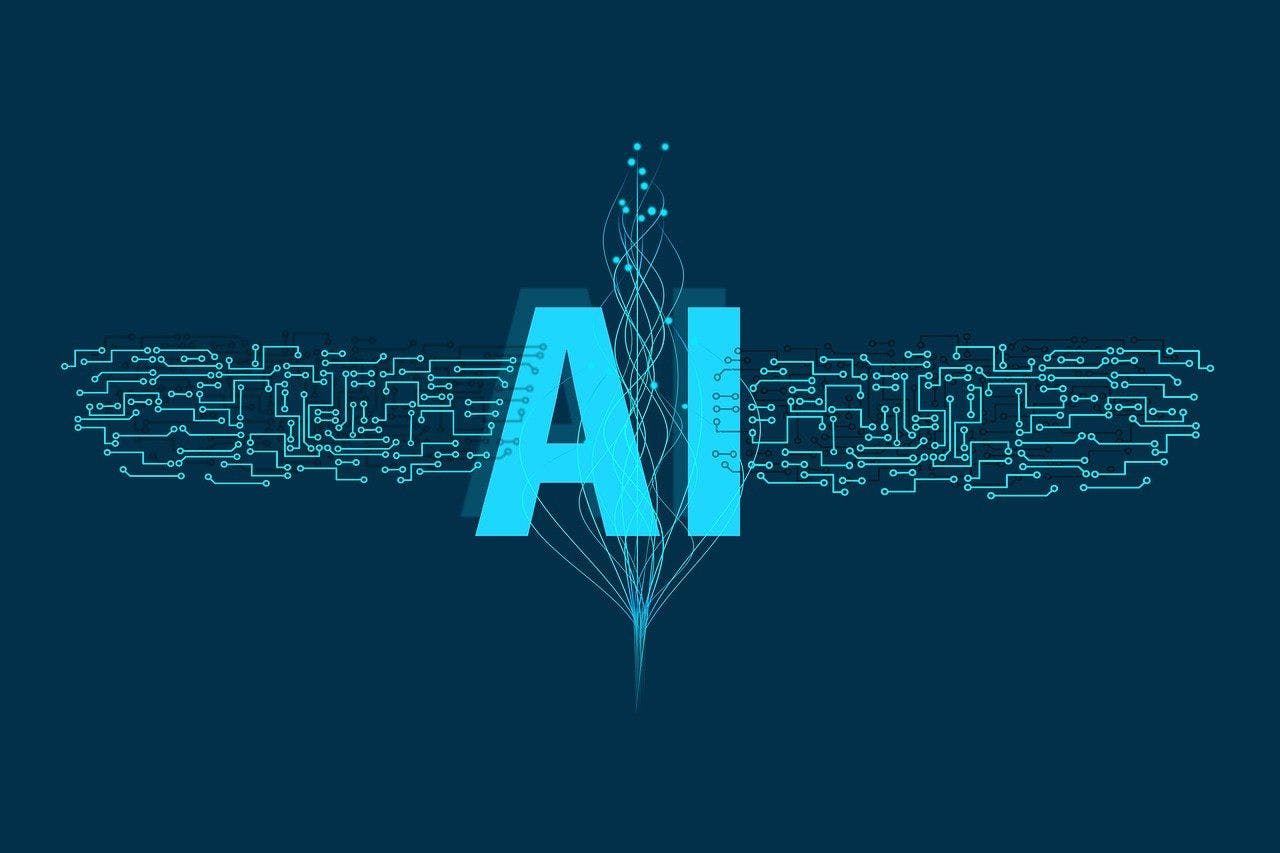180 reads
UX Design in the AI Era: Harmony Between New Tech and User Experience
by
October 25th, 2023
Audio Presented by

UX Practice Leader. Writing to share the art of UX, inspire and innovate✍️
About Author
UX Practice Leader. Writing to share the art of UX, inspire and innovate✍️
